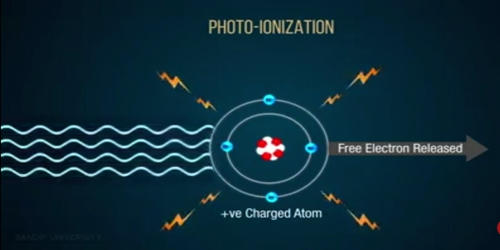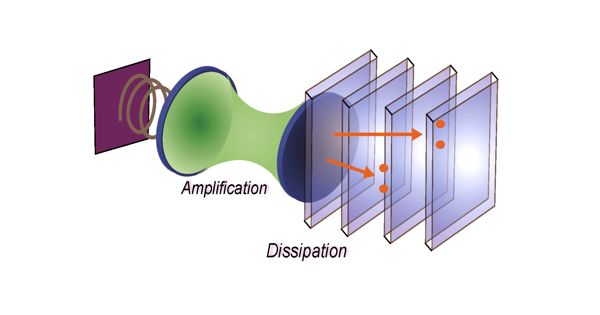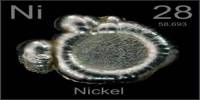Due to their excellent electrical conductivity, substantial theoretical surface area, and superior chemical stability, carbon nanotubes (CNTs) are regarded as the ideal electrochemical energy storage materials.
Carbon nanotubes (CNTs) are a fascinating and versatile nanomaterial composed of carbon atoms arranged in a cylindrical nanostructure. They were discovered in 1991 by Sumio Iijima, a Japanese physicist. CNTs have exceptional mechanical, electrical, thermal, and chemical properties, making them one of the most promising materials for various applications in science and engineering.
However, strong van der Waals forces cause CNTs to cluster, which decreases the surface area that is electrochemically active. Due to their high length-to-diameter ratio, single-walled carbon nanotubes (SWNTs) face an even worse version of this issue.
Recently, a joint research team led by Dr. Wang Xiao from the Shenzhen Institute of Advanced Technology (SIAT) of the Chinese Academy of Sciences, Dr. Zhu Sheng from Shanxi University, and Prof. Li Yan from Peking University has encapsulated polyoxometalate guest molecules within SWNTs (with a diameter of approximately 1.4 nm) to enhance the electrochemical energy storage of CNTs.
Our study offers valuable insights into the research on the confinement effect of CNTs, which holds immense potential for harnessing high-performance energy storage and conversion materials.
Dr. Wang Xiao
The study was published in Cell Reports Physical Science on June 8, 2023.
Polyoxometalate molecules create one-dimensional chain-like formations in the CNT cavity as a result of the confinement effect of CNTs. Such well-defined polyoxometalate@SWNT hybrids are promising as electrode material candidates for supercapacitors.
The reduction in the surface charge density of nanotubes caused by the electron transfer from CNTs to polyoxometalates decreases the van der Waals forces and inhibits aggregation. As a result, polyoxometalates-filled SWNTs exhibit a bigger electrochemically active area and a greater double-layer capacitance.
Polyoxometalate molecules can provide pseudocapacitance through reversible redox reactions, thus improving the capacitive performance of the polyoxometalate@SWNT hybrids. A notable improvement in the cycling stability of encapsulated polyoxometalates is made possible by the confinement effect of CNTs.
As a result, this one-dimensional hybrid material exhibits enhanced electrochemical energy storage properties, with a specific capacitance of 328.6 farads per gram (at 10 millivolts per second), which is higher than that of pure SWNTs (172.2 farads per gram). Additionally, after 10,000 cycles, the built supercapacitor keeps a capacity retention rate of 91.3%.
“Our study offers valuable insights into the research on the confinement effect of CNTs, which holds immense potential for harnessing high-performance energy storage and conversion materials,” said Dr. Wang Xiao, a corresponding author of the study.
















